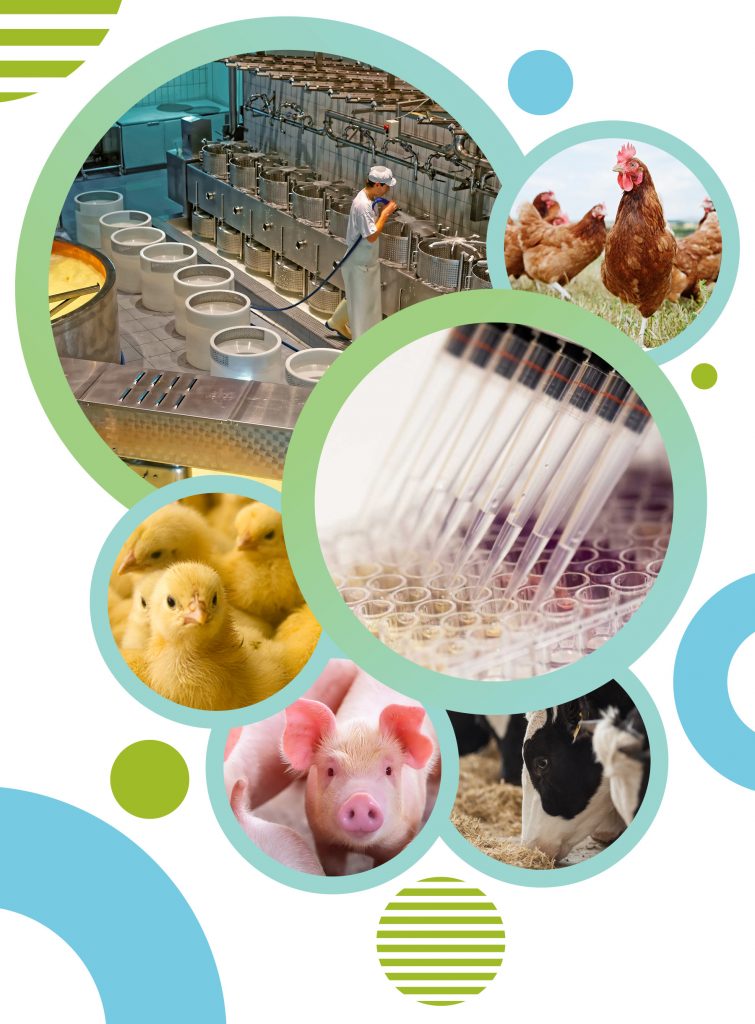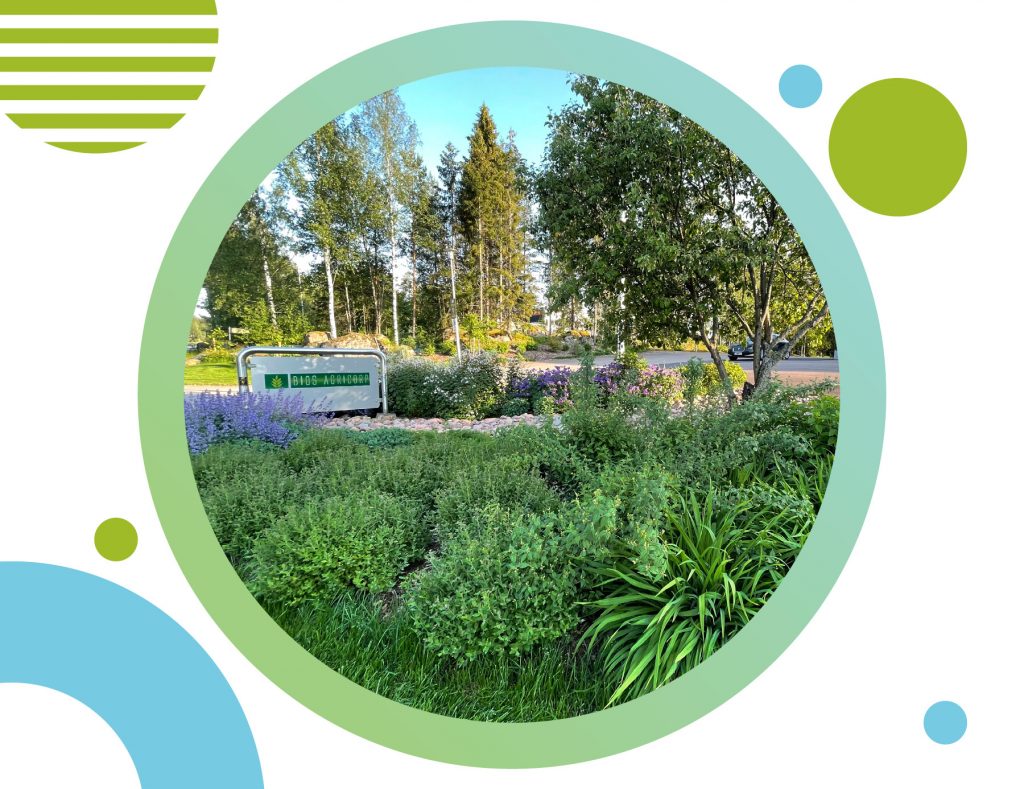Language
You can read the magazine in one of the following languages
The food and animal industries invariably come across antibiotics and chemical residues, and these can significantly impact our health and the environment. It’s getting more and more challenging to ensure sustainable food production for everyone while keeping the animals healthy. A careful and conscious decision is what will help to reduce the use of these antibiotics and chemicals.
Today’s scientific advancements and know-how have been far better than earlier decades. This advancement has led to the discovery of many unknown facts such as antibiotic resistance, its effects on health, frequent exposure even in low limits and its adversities. These facts are now known to most and have been an alarming concern to growers and producers worldwide. Supposing alternative science is not accepted and applied in that case, it could be that many producers and growers may opt out or reduce production due to the inability to meet their customers’ healthy choice demands.
Exposure to harmful and toxic chemicals is also a concern in most industries. These temporarily address a particular problem; however, they have long-lasting effects for end users and producers.
A typical example is the case of antibiotics. Several antibiotics are used as a preventive measure for various diseases, which has created resistance and further led to the use of a combination of antibiotics, or rotation programming at higher dosages. We all are now aware that several strains of pathogens have developed a resistance in a single form or combination. There is also a mutation of these pathogens, making the situation worse and more difficult to control.

Another example is the chemical residues in food, which has been quite alarming. These traditional chemicals have many concerns such as application safety, handling problems, prone to accidents, storage safety, disposal concerns and residual issues. Certain chemicals pose a greater risk as they can be responsible for mutagenic activity. The data over two decades shows that there has been a positive shift from the use of such harmful, corrosive, strong chemicals to that of safer, non-corrosive, non-hazardous chemicals. However, due to a lack of experience, many continue with the old practices.
As statistics show, most production units are focused on the maximum installed capacity to optimise costs. This leads to production that exceeds demand. In both scenarios, there is a likelihood of an imbalance between the demand and supply, price escalations, de-escalations and unnecessary wastage. The complexities of large-scale production make it vulnerable to errors and excessive reliance and usage of these chemicals, and the same applies to agriculture or animal farming. These issues can be solved effectively with simple and pragmatic approaches, and when necessary, with the latest scientific advancements. The choice for safer and healthy alternatives is a way for the future ahead.
Bios AgriCorp has gained worldwide acknowledgement for its cutting-edge science and technology. Our products are based on the latest biotechnological and nanotechnological innovations. Our brands have been successfully used and implemented for more than 15 years by food companies, agriculture, feed, hygiene sectors and heavy industries.

Bios AgriCorp has a clear mission to reduce the usage of poisonous and harmful chemicals, fight climate change, and address the food and feed industry’s current and future needs. Our innovations are inspired by nature. We design and develop brilliant and sustainable ways to enhance food quality, avoid food wastage, and raise healthy farm animals and companion animals.
Our solutions help our partners to stay ahead and provide a better choice to the consumers.

![]()
